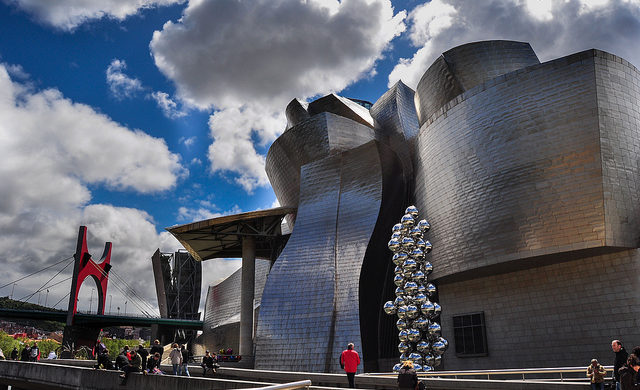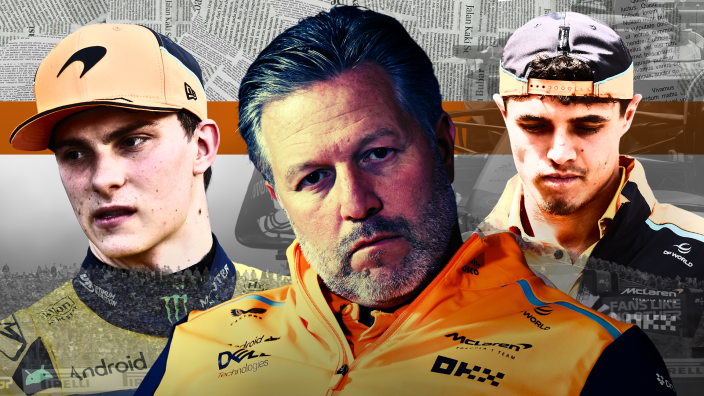Why Sainz expected Hamilton’s Ferrari struggles
Carlos Sainz isn't at all surprised that his Ferrari replacement Lewis Hamilton is struggling to adapt
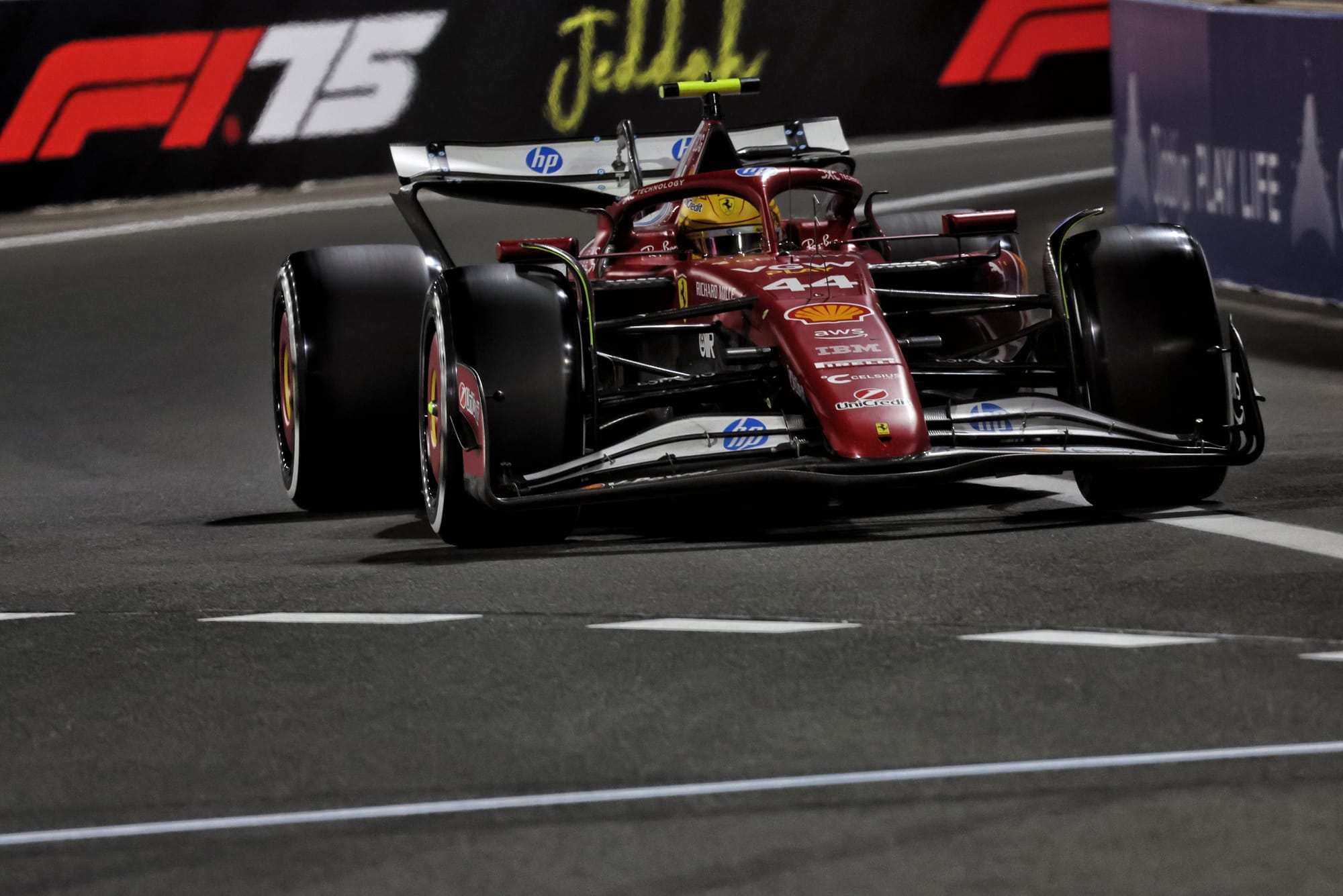

No driver on the 2025 Formula 1 grid has more experience of changing teams during the past decade than Williams’s Carlos Sainz, which is why he is not surprised by Ferrari replacement Lewis Hamilton’s struggles.
This is not sour grapes from the driver who made way for the seven-time world champion, or a reflection on the specific challenges of Ferrari machinery, but instead what he’s learned as he’s switched from Toro Rosso to Williams via Renault, McLaren and Ferrari in F1.
And while Sainz has hit form with Williams after a shaky start, showing strong pace in Bahrain but failing to convert that into a race result before heading the midfield battle on his way to eighth in Saudi Arabia, he too has faced a steep learning curve with his new team.
Sainz attributes this to a combination of factors, including the fact that both he and Hamilton are up against team-mates long established in their current teams in Alex Albon and Charles Leclerc, and the enormous number of team-specific details that must be mastered to extract the maximum pace of the car.
“No, I’m not surprised at all,” said Sainz of Hamilton’s struggles. “I expected it for myself, and I expected it with him, because in this sport, there are no secrets.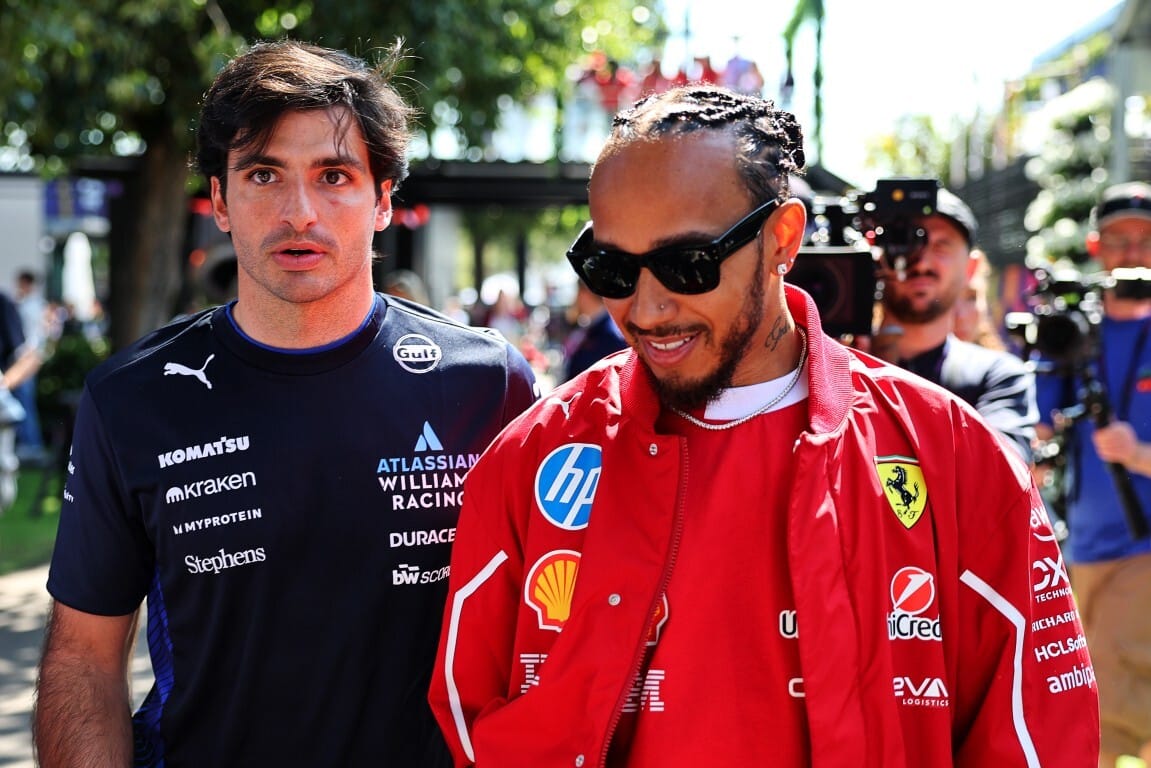
“When you are up against two team-mates like Alex and Charles that know the team inside out and are already performing at the maximum, you can only do a little bit better or the same as them. You cannot suddenly arrive and be two, three tenths quicker because it’s not possible, they are already at the limit of the car.
“So when you jump to a new team and you're expected by yourself and by everyone around you to be at that level, you know it's going to take time. They know a lot more than you, so it's going take a bit of time and the sooner you make that process and the sooner you are at that level the better.
“But for some drivers, it might take longer or shorter. Lewis had an amazing weekend in China then seemed to be having a bit more trouble now, but it's going take to time.”
When put to him by The Race that the process is made even more difficult given the characteristics of this generation of ground-effect F1 car thanks to the narrow window and tricky characteristics, Sainz agreed. He pointed to what he called the ‘closed loop’ driving style that must be adapted to, whereas older cars could be made to respond to different techniques.
“This is a good point, actually, because I would say so,” said Sainz in response to The Race’s question. “You need to drive them in a very specific way to be quick. The cars of 21, you could come in with two or three different driving styles and more or less get to the same laptime, because the car would allow you to get to that limit in different ways.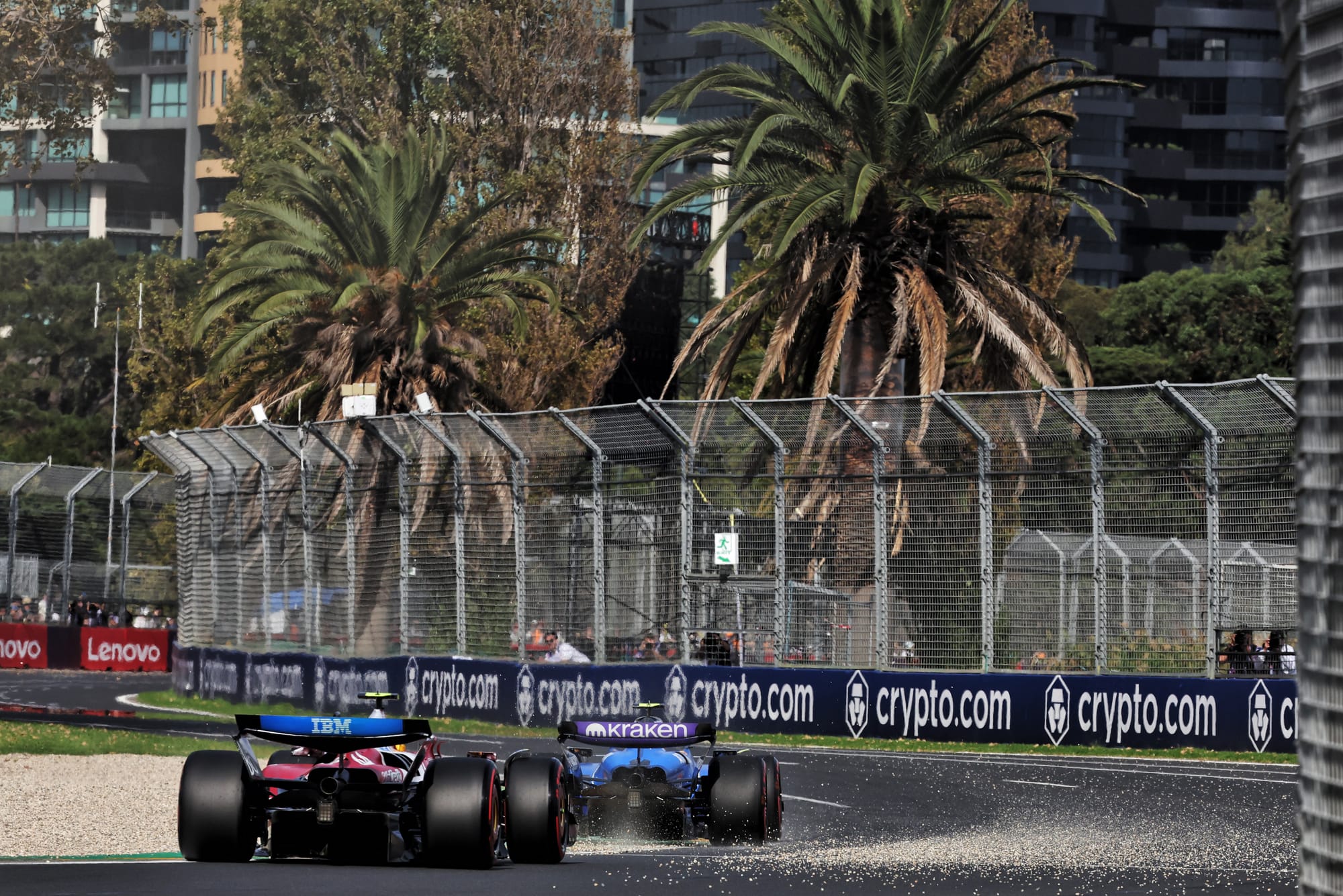
“The more I get to drive this generation of cars, the more I dig into the data, the more I realise you need to be closed loop to one driving style and if you don't drive in that way, you're never going to be quick. It’s just how the car interacts with you, which allows you to drive in that specific way that you need to make sure you understand. But it's a good point, I think these cars are particularly difficult.”
When Sainz’s comments were put to Alpine driver Esteban Ocon, he said, “I don’t think there are two ways of driving it, you need to go with one way, there’s no other direction you can drive the car, you need to choose the quickest way and that’s it”.
Ocon also offered further insight into Hamilton’s struggles, given his historic familiarity with the way Mercedes works, as well as the process he’s gone through in adapting to a Haas car that’s built around Ferrari components.
“It’s very difficult, especially when you change car philosophy,” said Ocon. “The Haas and Ferrari cars have a lot of similarities, so I can relate a little bit to Lewis on that side. Having driven the Merc as well in the past, it's a very different way of driving the car, or extracting the potential of it. The car feels very different, it's not easy to adapt to that, but I'm sure he'll find a way very quickly.”
Sainz’s characterisation of the need to adapt and the argument that a driver will never be quick without doing so is particularly pertinent given Hamilton’s self-confessed need to adapt his driving style. He has even alluded to concerns he might not be able to adapt, for example, saying in Jeddah that “I might be just so stuck in it that it’s never going to change” and quipping that he required “a brain transplant” to get on top of the car.
In Saudi Arabia, he struggled with confidence in the high-speed corners and with the rear-end instability that Leclerc has been able to adapt to, which was also reflected in his approach to braking – in itself something he’s had to get used to given he’s using Brembo brakes rather than the Carbon Industrie components used at Mercedes.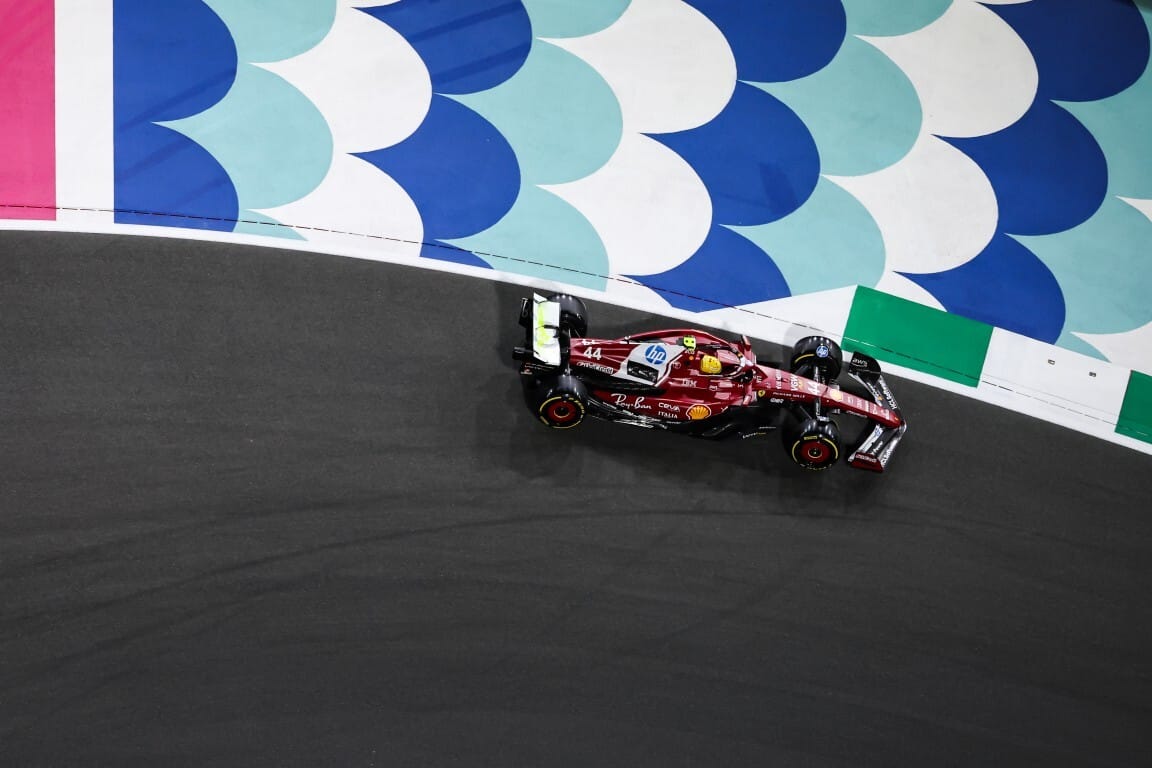
He also struggled to match Leclerc’s corner speed in slower turns, leading to consistent laptime loss throughout the lap. He’s talked of unfamiliarity with the way Ferrari utilises certain car characteristics and behaviours dynamically, saying in Bahrain that “we never used engine braking, but here we used a lot of engine braking to turn the car”. Sainz says this is just one example of multiple details drivers must get used to.
“This is just one of the 15 things that you have to relearn,” said Sainz. “Some teams like to use engine braking to turn the car, others just prefer using more the differential, others prefer to use the brake migration, others more the setup of the car naturally put front end with aero, others with mechanical, others with pitch, others with ride.
“You cannot imagine the amount of variation, variability that can make the car get to a similar lap time in just completely different ways. And that might be one of the things, at least one of the 15-20 things that I'm trying to still figure out. And of course, I'm trying high engine braking in Williams to see if it works, I'm trying low, I'm trying differential maps, I'm trying mechanical balance, I'm trying everything every weekend, just to see what the car likes and what it doesn't. And there's things that suit your style, others that they don't.
“It’s that fight and that process that I enjoy but as long as you enjoy it and embrace it you know you're going to get it wrong a few times, but when you click and you get to ah this works, it's actually a eureka moment that feels good.”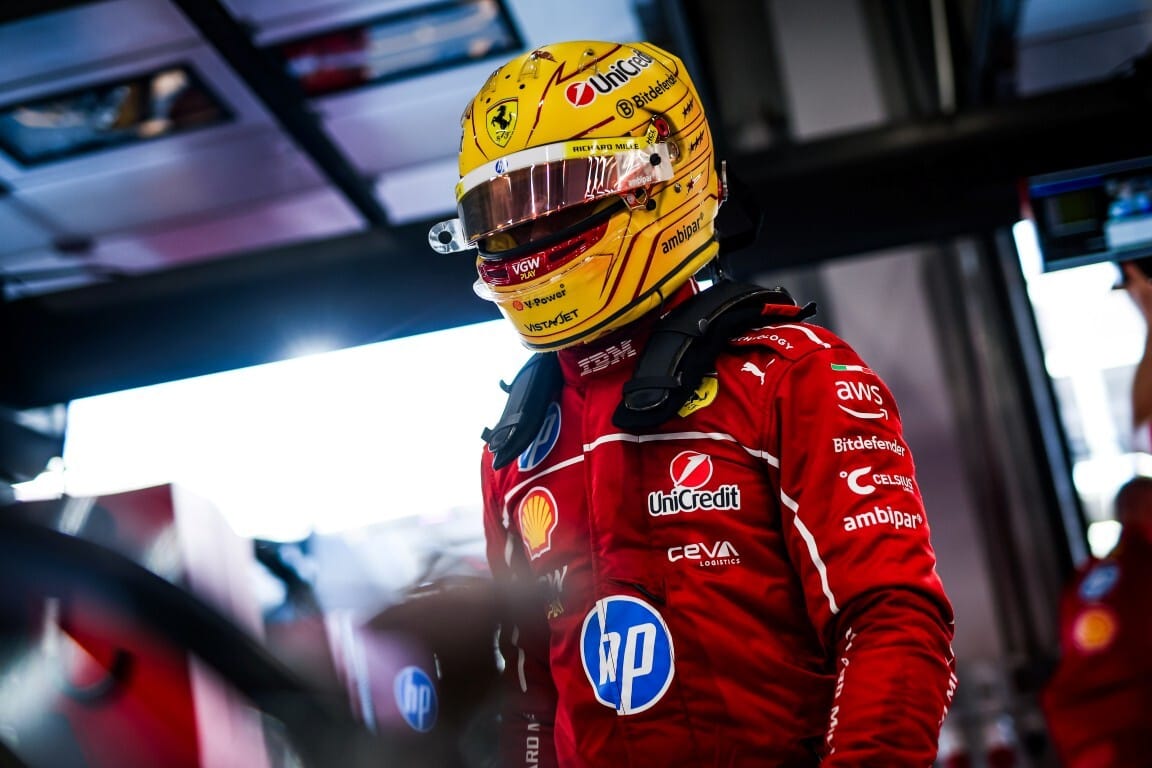
Hamilton had the demeanour in Saudi Arabia of a man simultaneously in dire need of, yet as far away as he could be, from a eureka moment, although he has vowed to keep working to adapt to the Ferrari. But according to Sainz, it’s impossible to be precise in defining how long it takes for any driver to adapt to a new team.
“It’s a tricky question,” he said when asked what an acceptable period of time is for this process. “It depends how naturally the car comes to you, it depends how natural the relationship with the engineers and that blend that comes [with the team is].
“I've always said that to know a car well, you need at least half a year to a year to experience everything with that car. That doesn't mean that you cannot perform during that year, this is a different topic. You can 100%, or at 99 and your 99 might still be pretty good, but the 100% for sure, there's things that you need for sure half a year, I would say, to experience.
“I'm not using it as an excuse, I want to perform like I did in Jeddah from race one, even if I am at 97 but I just know it takes time, and I'm going to be demanding of myself.”

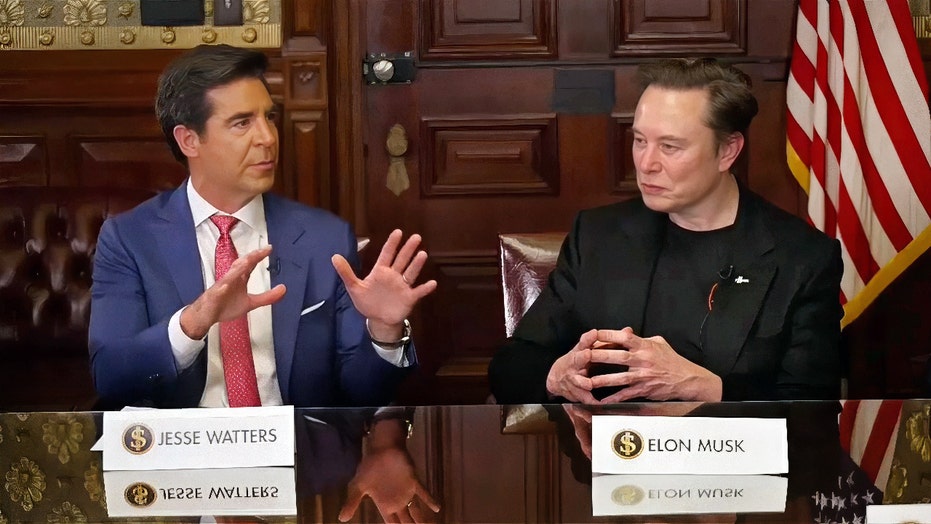

















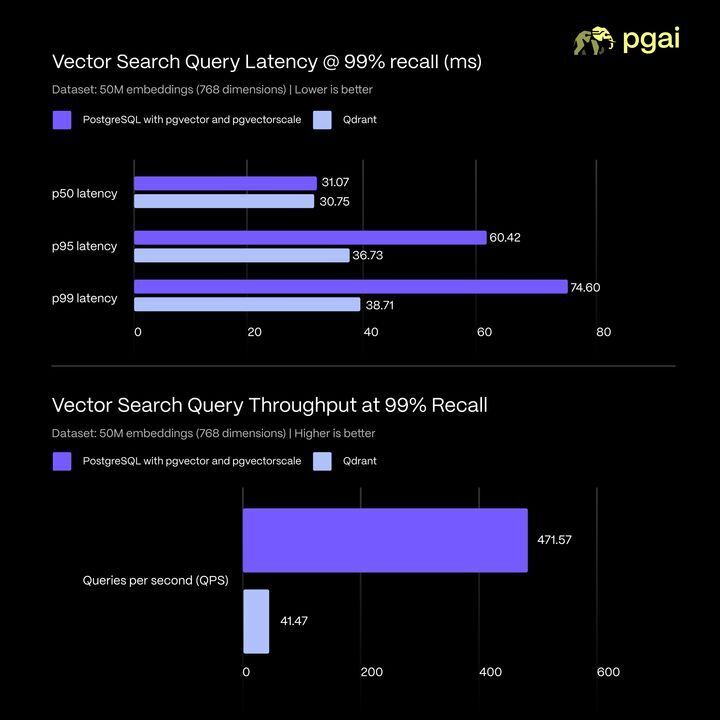
_Andy_Dean_Photography_Alamy.jpg?width=1280&auto=webp&quality=80&disable=upscale#)























